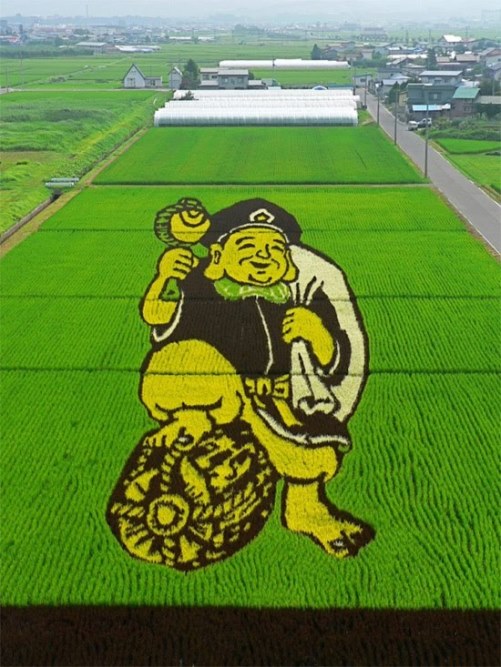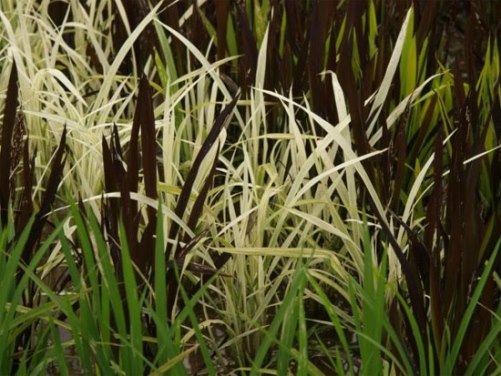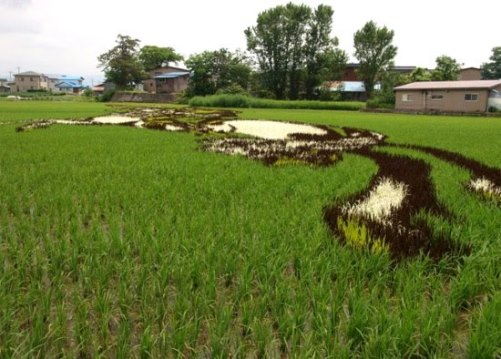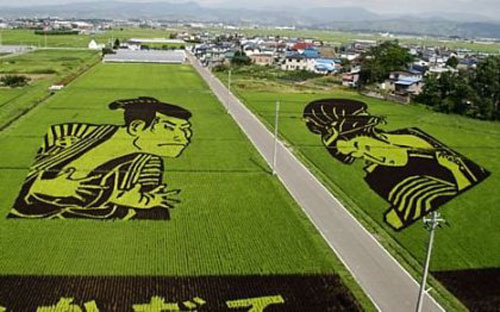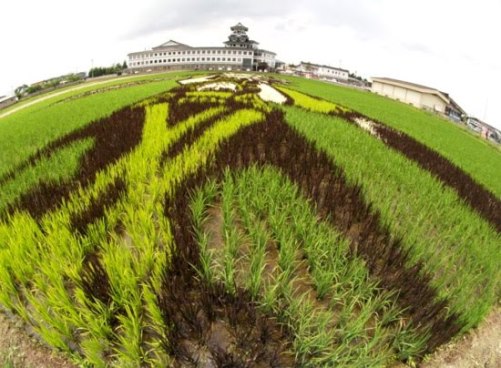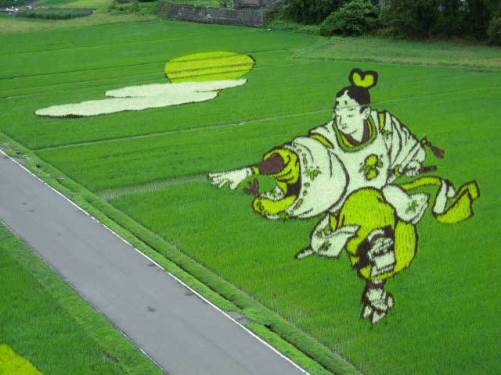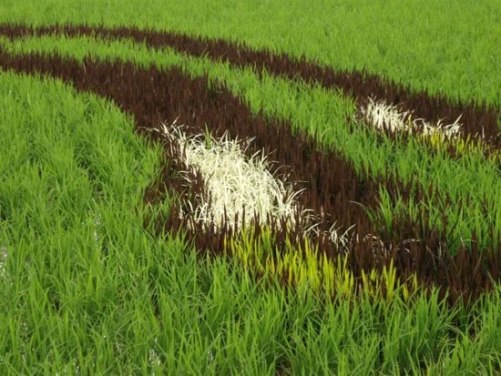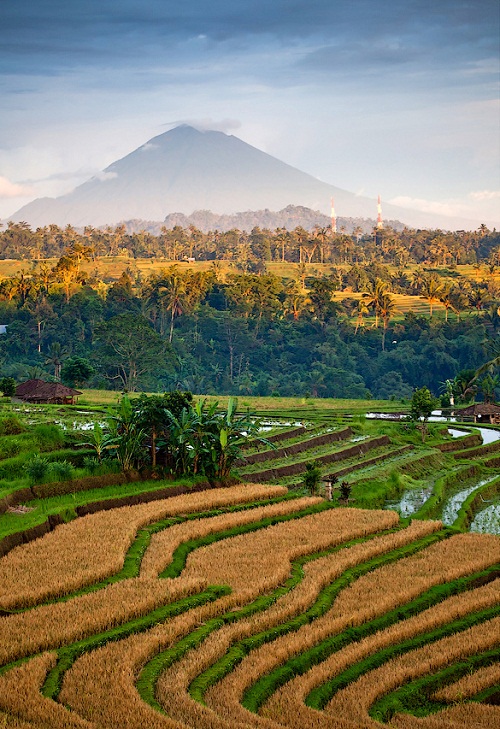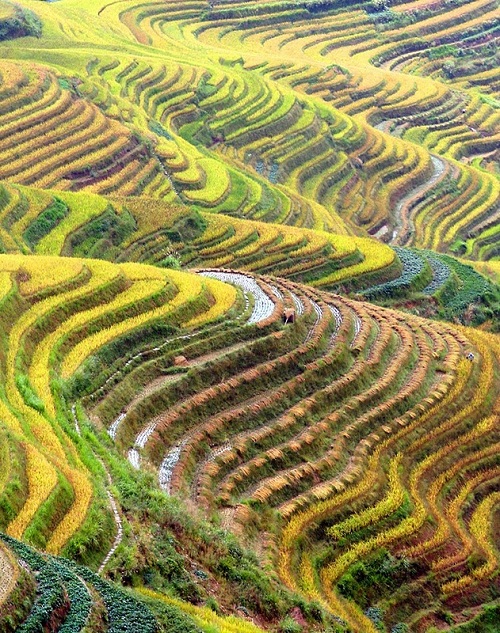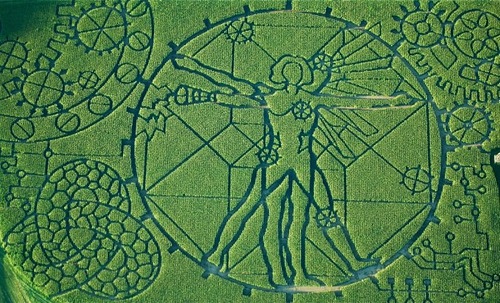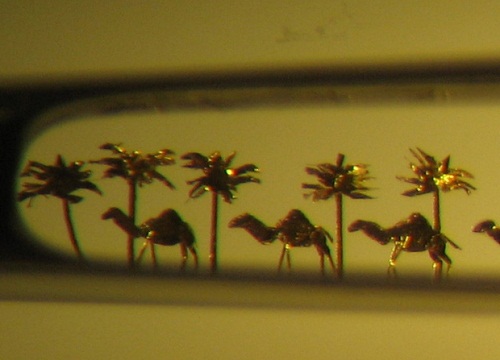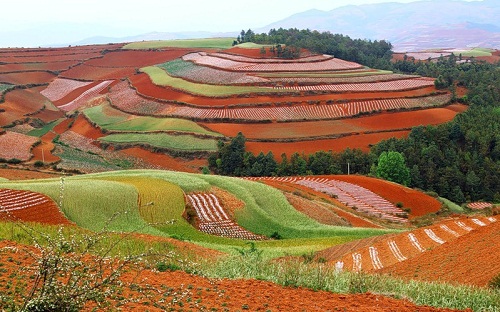Japanese farmers painting on the rice fields
Japanese farmers painting on the rice fields
Always admire people’s creativity, such impressive large scale images the Japanese farmers make on their rice fields. Noteworthy, the rice field pictures can be viewable better in September. They are all natural, and the different shapes and colors become possible by mixing up different types of rice. Also, accurate work and patience. Just have a look at them. In fact, it all started in 1993, when the people of Inakadate, Aomori were looking for a way to revitalize their village.
Archaeological exploration led to a realization that rice had been grown in the area for more than 2000 years. To honor this history, the villagers started a rice field behind the town hall. With the paddy as a canvas, the villagers cultivated and used four different types of heirloom and modern strains of rice to create a giant picture in the field. To allow viewing of the whole picture, a mock castle tower 22 meters high was erected at the village office. In 2006, more than 200,000 people visited the village to see the art.
Japanese farmers painting on the rice fields
source of images www.adme.ru
wiki/Rice_paddy_art



